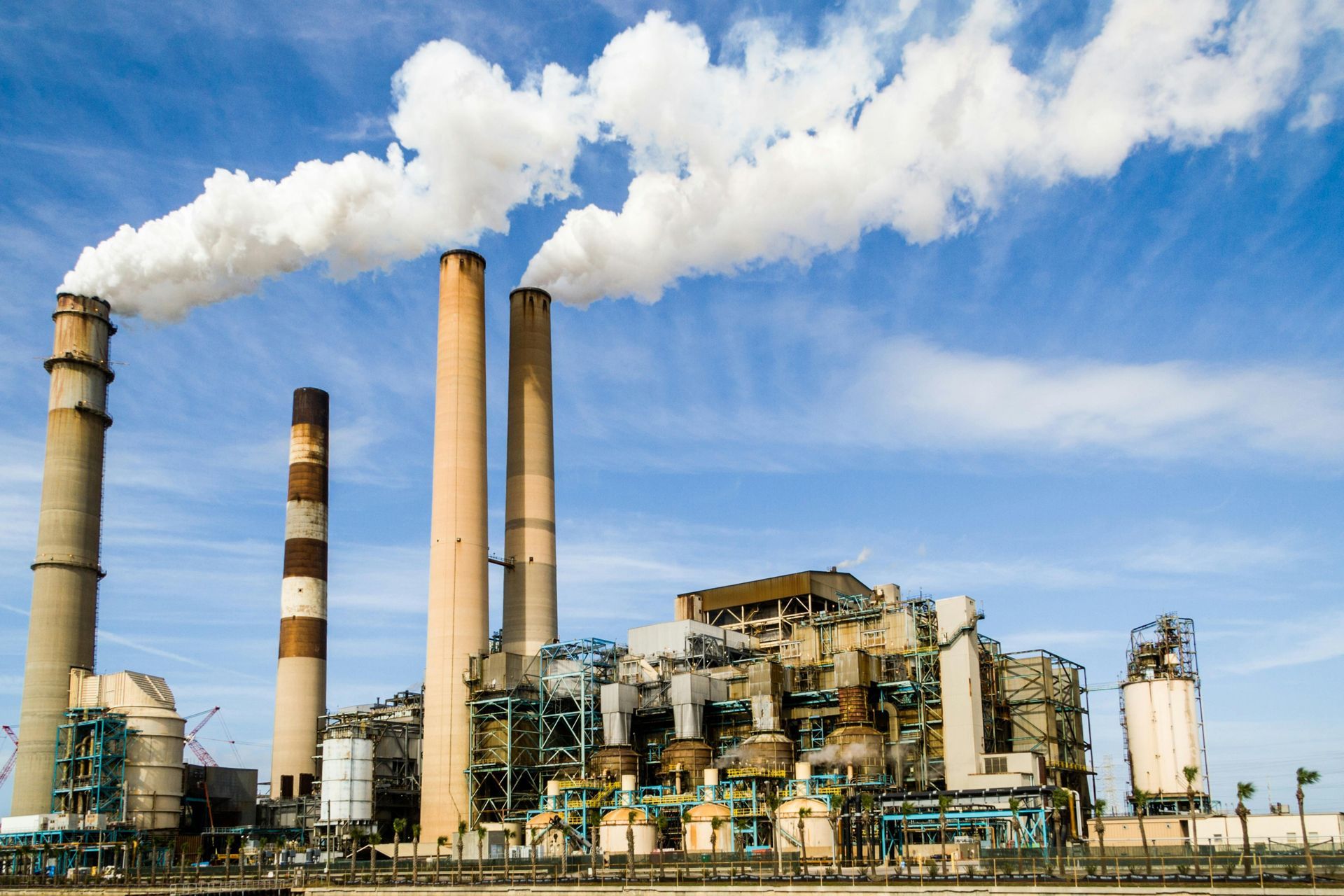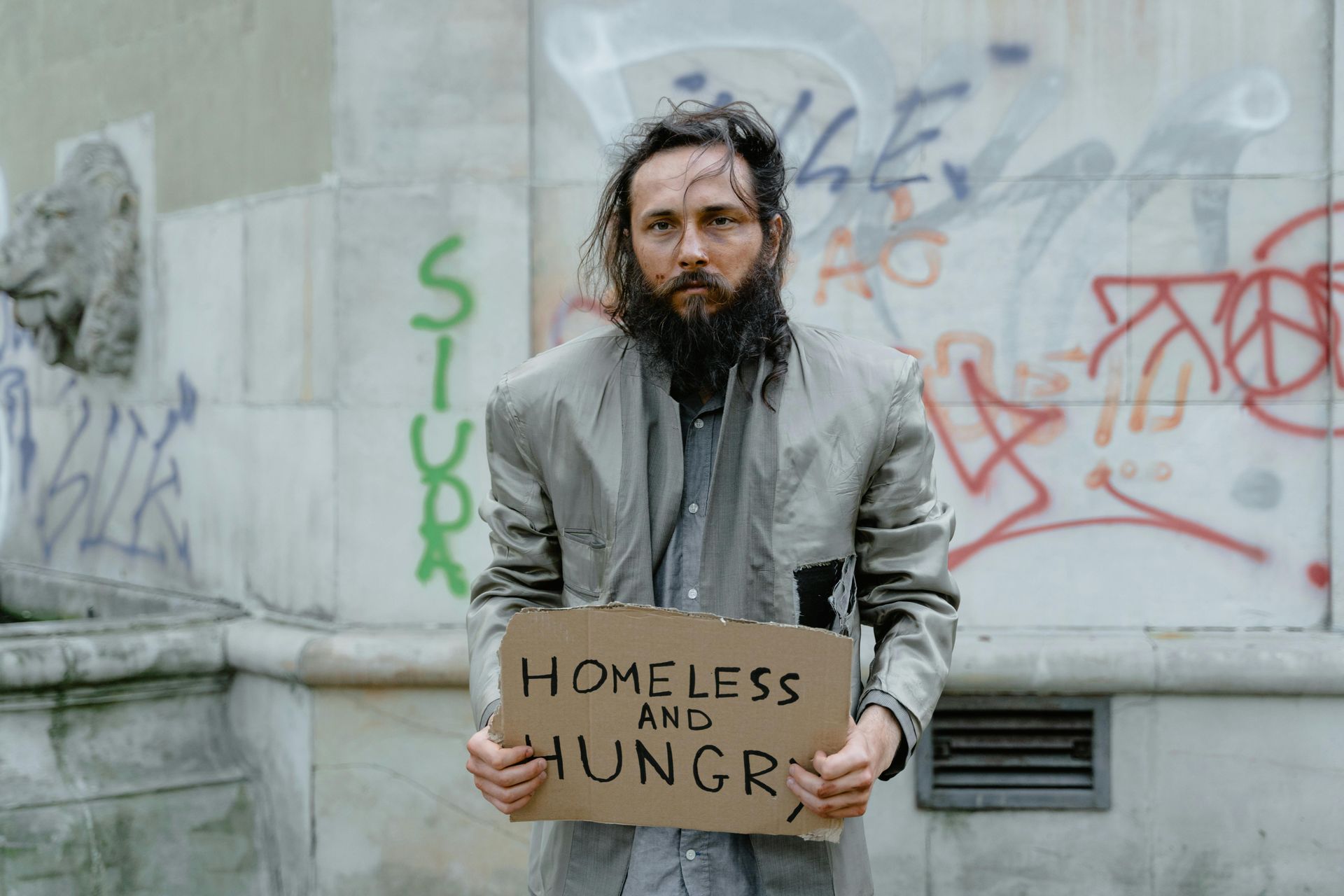
Especially for the LGBTIQA+ Community
Sydney is one of the most liveable cities in the world, but for many people — especially those in the LGBTIQA+ community — it’s becoming nearly impossible to call home. A new report, funded by the City of Sydney and led by TEREMOK with support from WelcomeMat and Shelter NSW, dives deep into the challenges queer residents face when trying to find safe, affordable, and inclusive housing.
At the heart of this research is a simple but powerful truth: housing is not one-size-fits-all. Our identities — like gender, sexuality, income, age, and race — intersect in ways that shape our experiences of home and belonging. Yet, most housing policy in Australia doesn’t reflect that reality. In fact, less than 5% of housing policies meaningfully consider sexual orientation or gender identity at all.
And the numbers are alarming. Sydney renters now face an average weekly rent of $770 — up more than 9% in a single year. Nationally, prices have outpaced both income and inflation. For LGBTIQA+ people, this crisis hits even harder. Many already face discrimination when applying for rentals or seeking housing support. Some feel forced to hide their identity just to get a roof over their head.
The report found that:
- 1 in 3 LGBTIQA+ people in Sydney have experienced housing insecurity.
- 42% feel they must hide their gender or sexuality when accessing support.
- The number of people spending over 30% of their income on housing (a key marker of stress) jumped from 18% to 57% in just one year.
On top of unaffordable rents, many LGBTIQA+ residents report feeling unsafe or excluded in mainstream housing services. Queer youth are more than twice as likely to experience homelessness, and transgender youth nearly 15 times more likely to attempt suicide. The need for safe, inclusive, and affordable housing isn’t just economic — it’s about wellbeing, identity, and dignity.
So, what’s the solution? The report calls on the City of Sydney to lead with real, resident-focused change.
Key recommendations include:
- A toolkit to guide inclusive, intersectional housing policy.
- A dedicated LGBTIQA+ housing service and support foyer.
- The creation of Australia’s first LGBTIQA+ Community Housing Provider.
The bottom line? Housing must be treated as a human right, not a commodity — and that starts with recognising the unique needs of marginalised communities. If Sydney truly wants to live up to its reputation as a diverse and welcoming city, it must make space for everyone — not just those who can afford it.
What if we have a solution?
Come join us!
share to





